Last week the TherapeutAix team participated in the excellent Extracellular Matrix Pharmacology Symposium, hosted by our network partner Nordic Bioscience. This was a 2-day virtual event, with more than 500 scientists attending to share research and discuss all things extracellular matrix (ECM). Here on the blog, we are revisiting 3 points that got us thinking.
Correlations with disease:
- Throughout the meeting, there was data demonstrating that differences in matrix turnover biomarkers correlate with disease – and, actually, with a lot of different components of disease – and that is where things may become difficult. ECM biomarkers can be used as surrogates for disease subtyping, severity, progression, and treatment response. Given the diversity in meaning, it’s important to clearly conceptualise in which context biomarker levels or response will be interpreted. ECM biomarkers are a powerful tool, but may be most powerful when combined with other, clinical or preclinical endpoints.
Segmenting the extracellular matrix:
- Segmenting the ECM into different components may offer a higher resolution view of the biology. For example, in IPF, aberrant wound healing leads to the release of profibrotic mediators, fibroblast activation, and eventually fibrosis. Different components of the ECM are involved in this – the basement membrane for the earlier processes, and the interstitial matrix for the later processes. Both comprise different collagen types, so a differentiated biomarker-driven view could be possible.
Signaling molecules:
- ECM fragments are not only biomarkers, but also signaling molecules. This makes the extracellular matrix an endocrine organ that can drive fibrosis in its own right. Importantly, ECM stiffness and proteins can drive myofibroblast activation and differentiation, which is a key step in profibrotic activity. A better understanding of the circular positive reinforcement of fibrotic activity from (pro-)fibroblast to matrix to fibroblast may offer novel approaches to address fibrotic disease.
There were many more learnings from the Symposium, and there was only one thing we missed -personal interactions and discussions with colleagues from academy and industry! We’re looking forward to the next ECM Symposium which is penciled in for 2022. In the meantime, please contact us to discuss how considering extracellular matrix biomarkers can benefit your drug development project!

